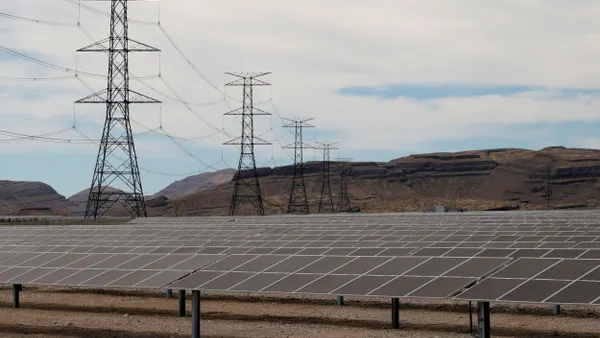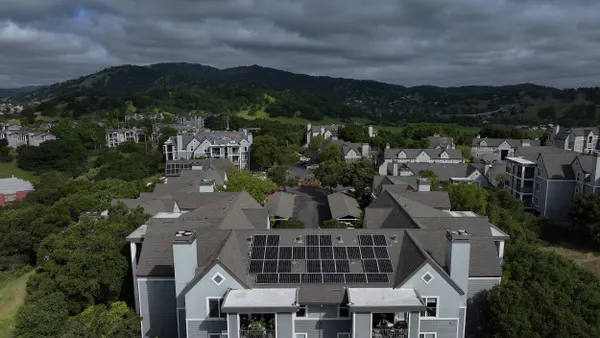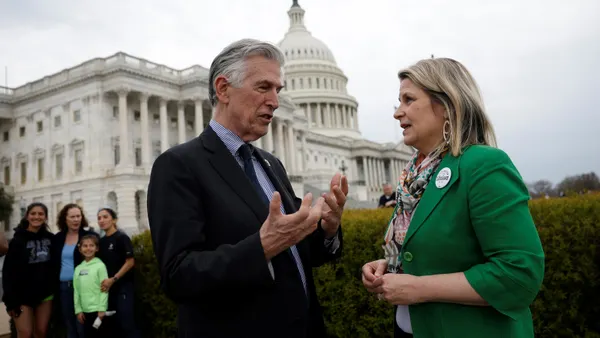Dive Brief:
- Montana-Dakota Utilities (MDU), a natural gas and electricity provider for parts of Montana, Wyoming and the Dakotas, scaled back a rate increase proposal earlier this month and eliminated a push for residential demand charges after settlement agreements with solar advocates and consumer and industrial groups.
- To resolve issues associated with Docket No. D2015.6.51, MDU reduced its monthly average rate increase proposal to the average residential customer from $14.80 to $6.38. That means a reduction in revenues requested from $11.8 million, a 21.1% increase, to $7.4 million, a 13.3% increase.
- MDU also reached an agreement with The Alliance for Solar Choice (TASC) and withdrew a proposed demand charge aimed only at customers who own net energy metered (NEM) distributed generation. Solar advocates argued the demand charge proposal would make residential solar financially unviable in Montana.
Dive Insight:
MDU’s dispute with TASC produced some response from ratepayers, including 115 email comments and testimony opposing the proposed demand charge from eight residents, according to Energy Manager Today.
TASC argued MDU had failed to provide evidence in the proceeding that the demand charge is necessary. It also noted that a similar charge was rejected by a Wisconsin court due to a similar absence of evidence.
Rooftop solar users can address demand charges by exporting to the grid during peak demand periods to earn the higher value NEM credit, according to a new study from GTM Research. Another response is adding battery storage so the solar energy-generated electricity can be consumed onsite when grid electricity is most expensive.
According to the GTM study, a $5/kW residential demand charge — amounting to about $25/month for the average residential solar owner — would allow solar to be cost-competitive in only 15 of the 20 states in which it is now at grid parity with traditional generation resources. With a $15/kW demand charge, which amounts to about $75/month, the solar value pencils out in only about eight states.













